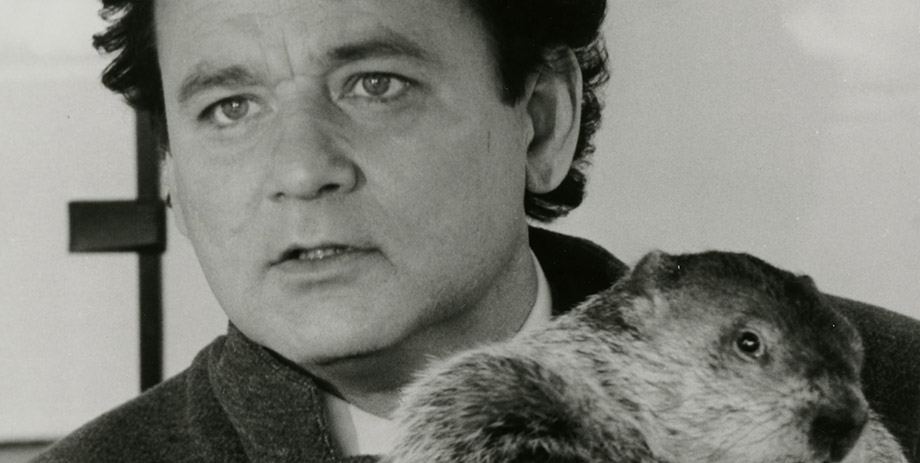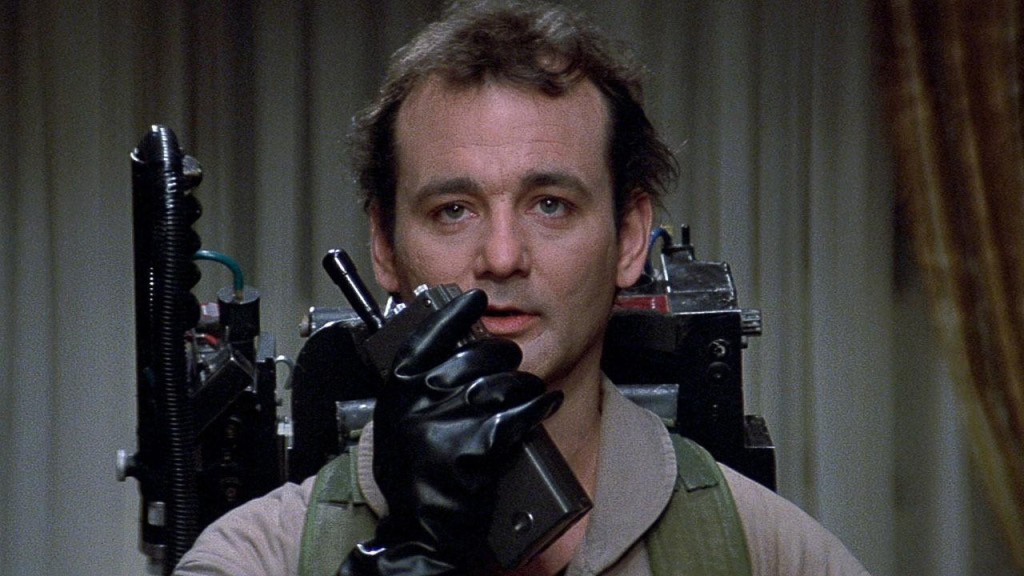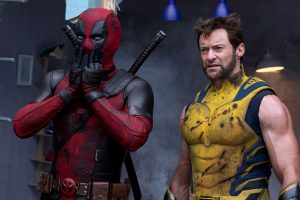Reviews include Deadpool & Wolverine, Doubles, and Mountain Queen: The Summits of Lhakpa Sherpa.
Why Can’t Every Day Be Bill Murray Day?
September 5, 2014
By: Phil Brown
Today is September 5th, which means the good people at TIFF have decided to dedicate one of the busiest days of one of the busiest film festivals to a single man.

Under normal circumstances that might sound like a wild and ridiculous waste of resources, but that just speaks to the mixture of legend, folk hero, father figure, and living embodiment of hilarity that Mr. Murray has become. A cynic may think TIFF dedicated the day to Murray solely to ensure he showed up to the premiere of his latest film St. Vincent (given that most of the filmmakers Murray works with aren’t even sure if the guy will appear on set until he’s standing right in front of them), but it’s safe to say that even though the Lightbox is screening his classic comedies Stripes, Ghostbusters, and Groundhog Day back-to-back-to-back leading up to the premiere of St. Vincent, they aren’t even positive that he’ll show.
This comedy specter first materialized on Saturday Night Live where his first major appearance was as himself, directly addressing the TV audience as “the new guy” on the cast and begging for acceptance. It was charming, sarcastic, hilarious, a mockery of showbiz ego, and blurred the line between Bill Murray the man and Bill Murray the character. He’s been doing the same thing ever since. His breakout movie role came in Ivan Reitman’s Meatballs, in which he singlehandedly transformed a charming Canadian camp comedy into a genuine classic through the sheer force of his personality. He’d done goofy characters on SNL and would do another onscreen in Caddyshack, but after that he was never cast in a movie as an actor. He was cast to show up and be Bill Murray. Stardom hit on Stripes, superstardom came from Ghostbusters, and then at the peak of his fame Murray disappeared entirely. Before he left, he delivered a passion project in a troubled Razor’s Edge adaptation and then seemed to disappear into France to study poetry in his own attempt to find some meaning in the big ol’ mess of life.
Two years later, he came back, and Bill Murray was again in movies like Little Shop Of Horrors and Scrooged. But something felt different. When he’d do press junkets, a crabby and dark Murray emerged, which was eventually channeled into film by the late, great Harold Ramis through Groundhog Day. The movie was a showcase role the likes of which few actors ever get, and Murray ran the gamut from suicidal tragedy to manic hilarity without ever once hitting a false note. It was a masterful performance that kicked off a strange decade in the wilderness in which Murray fired his agents, fielded movie offers through a 1-800 number with a voicemail, and appeared only in eccentric supporting roles. Then Wes Anderson found him, cast him in a disarmingly dramatic role with Rushmore, and suddenly America’s most beloved comedian was considered a genuine dramatic actor. The sad clown who cries out to be taken seriously is a cliché that surely would make Bill retch or at least spit out some vitriolic comedy, yet somehow Murray decided to be taken seriously and pulled it off, eventually transforming the sadsack/wisecrack late portion of his career into a sling of acting awards and nominations through Sophia Coppola’s Lost In Translation.
These days, Murray’s unpredictable presence could pop up in anything, from playing the crimelord villain in a Jim Jarmusch movie to making a self-mocking cameo in Zombieland. And it all feels just as welcome (the only predictable pattern is that he will appear in any and all Wes Anderson joints). He’s created a career in which anything’s possible and somehow his life behind the scenes is just as wildly unpredictable. Legends of Bill Murray unexpectedly covering a stranger’s eyes on the streets of New York and whispering, “no one will ever believe you,” after revealing his identity were around for years. It was always rumored that his life was something approximating a living wild-man of comedy, and in the age of the internet glimpses of it began to emerge. Suddenly you could see the guy photo-bombing weddings, doing dishes at college parties, or driving a golf cart down the streets of Italy on Instagram feeds everywhere. It’s hard to say how conscious Murray is of constructing his legend through these bizarre public appearances. After all, he seemed to do such things before the current media saturation and from that very first breakout appearance on SNL, the line between Bill Murray the persona and Bill Murray the person has been fuzzy at best.

Maybe those glimpses of Murray that we see in the media are just the latest moments in a lifelong Andy Kaufman stunt—or maybe he really is the screen persona who emerged in Meatballs, came of age in Groundhog Day, and matured in Rushmore with all of his screen performances offering something approximating a documentary glimpse into his real life. After all, this was a guy who had a friendly fascination with Hunter S. Thompson for years, meaning perhaps the life and career of Bill Murray has been an exorcize of Gonzo comedy and acting. No one truly knows (other than the man himself) and it’s safe to say that he’s the last person on the planet who would dare to reveal the truth. The takeaway here? Every day should be “Bill Murray Day,” because there’s never been another mind, talent, comedian, actor, filmmaker, or person quite like that guy. Plus, he met the Dalai Lama one time and was promised “total consciousness” on his deathbed.
So he’s got that going for him, which is nice.



